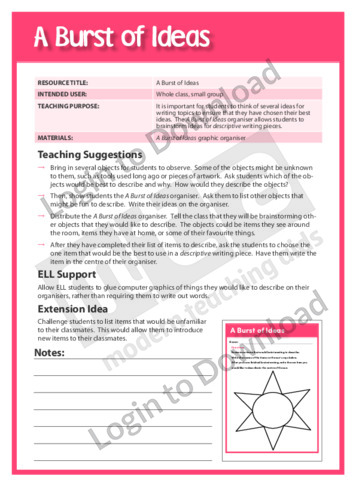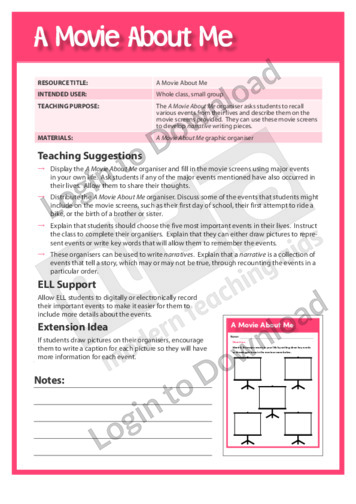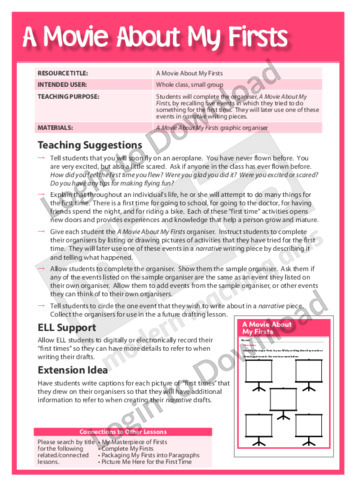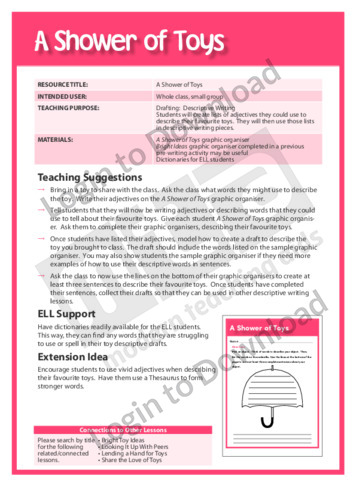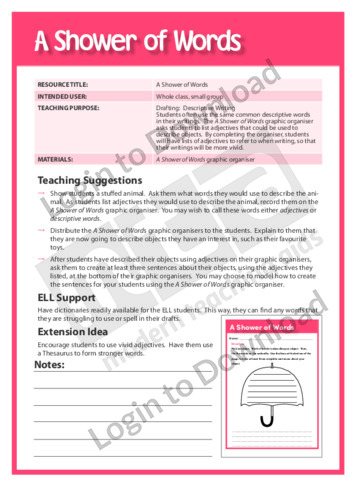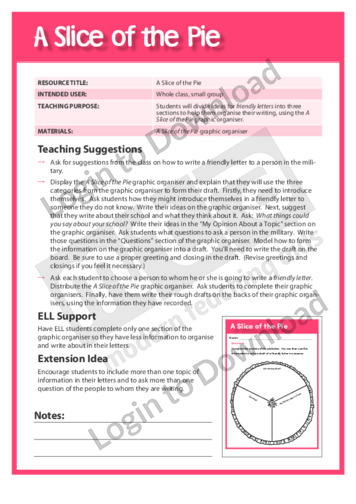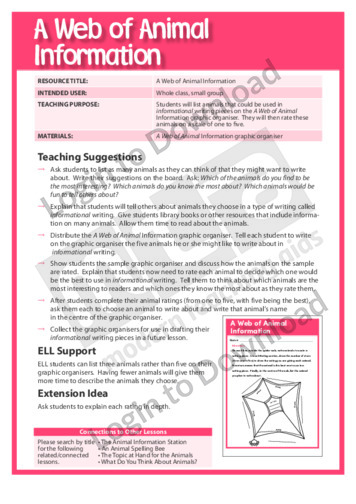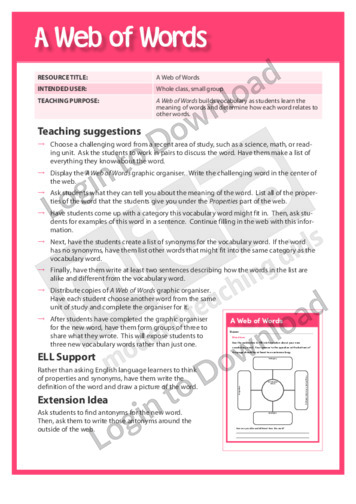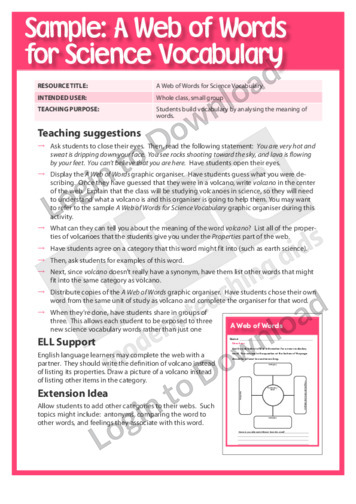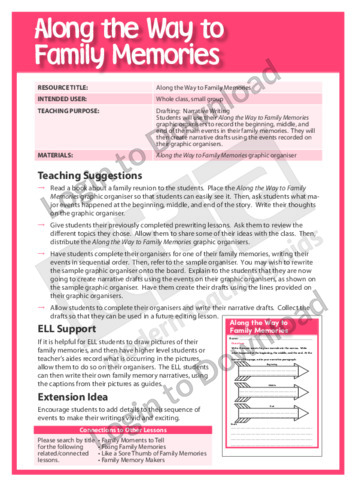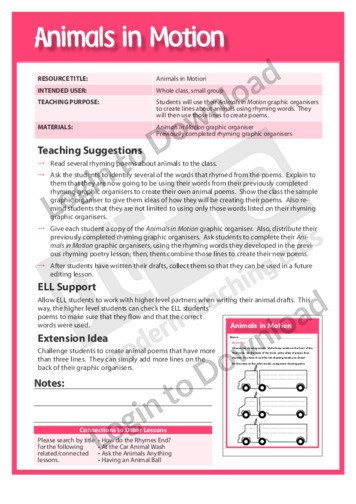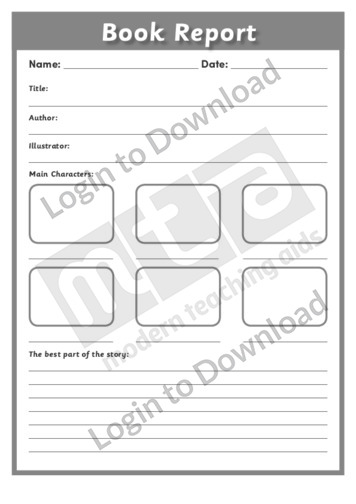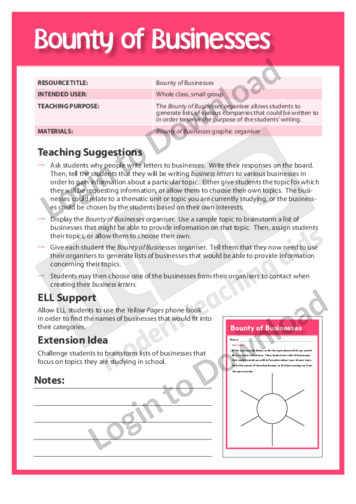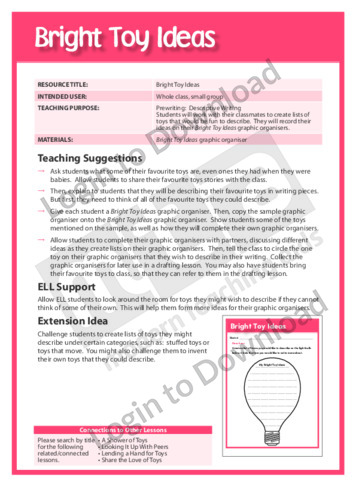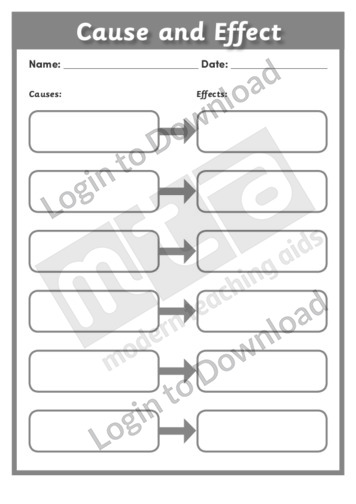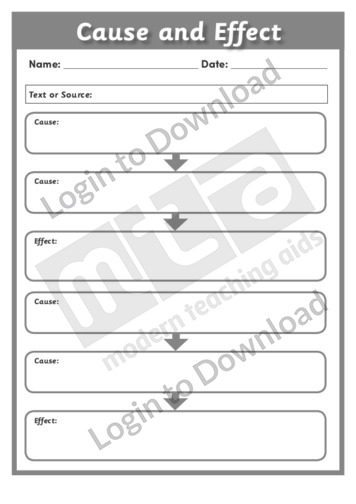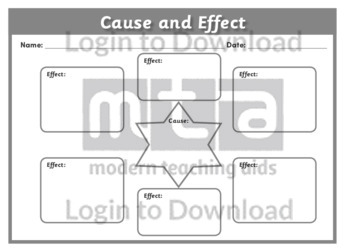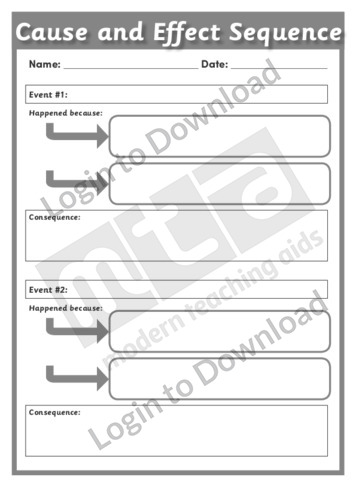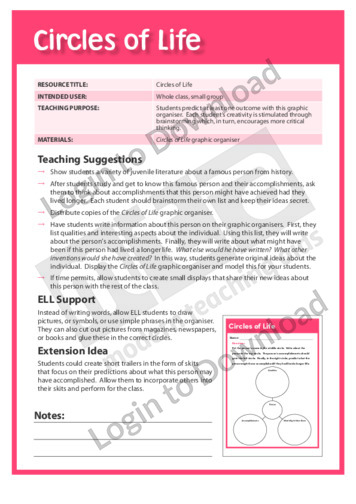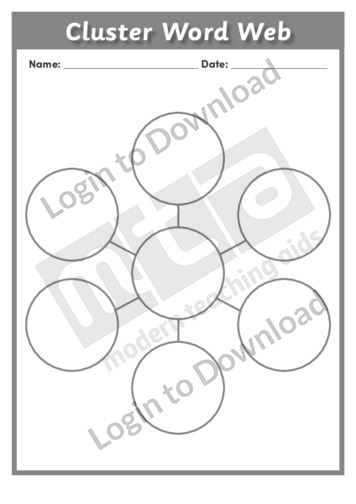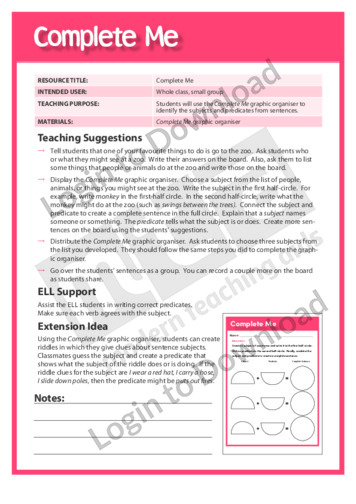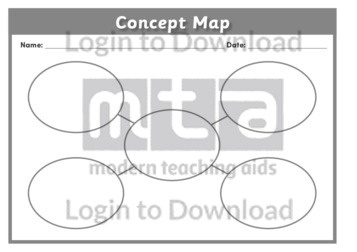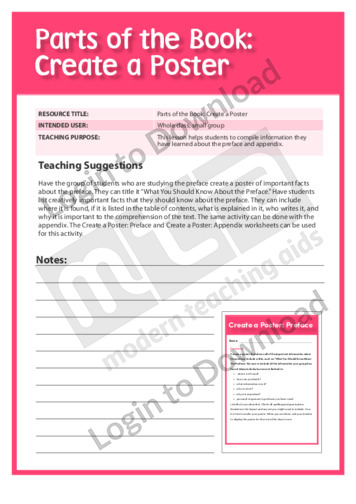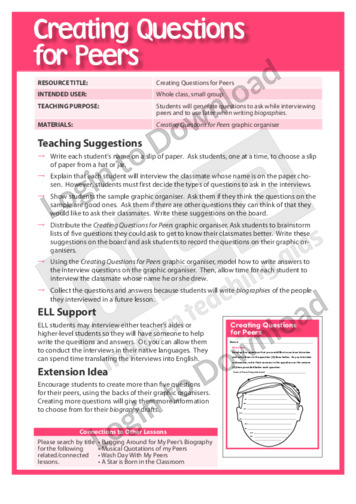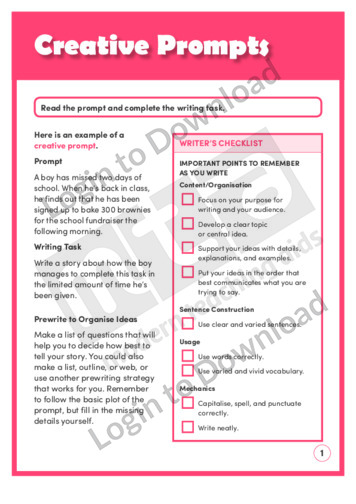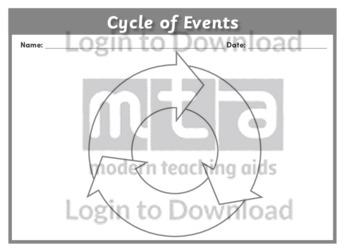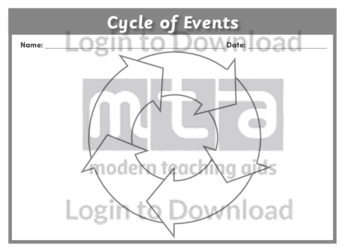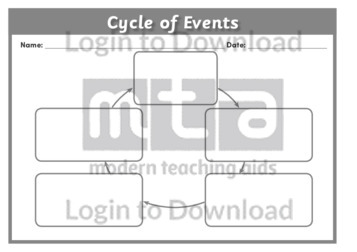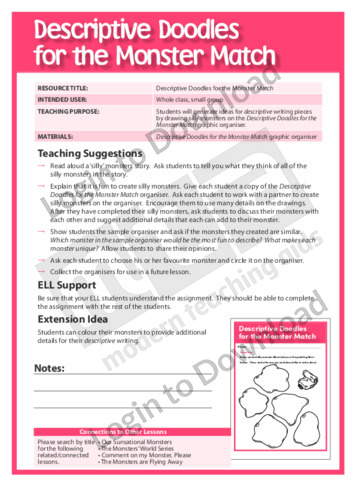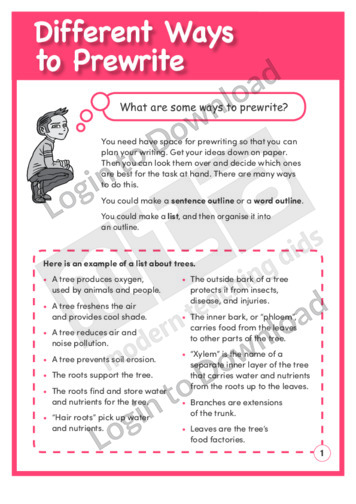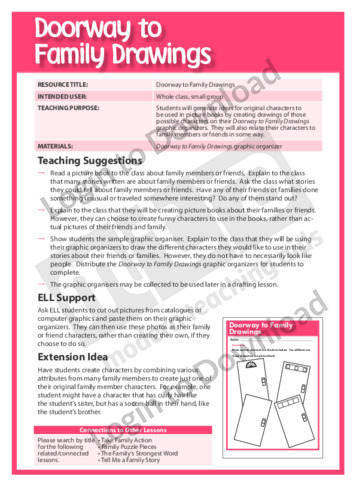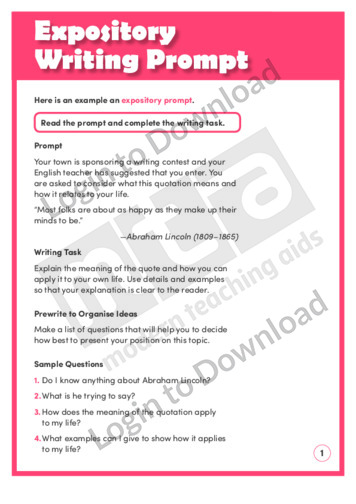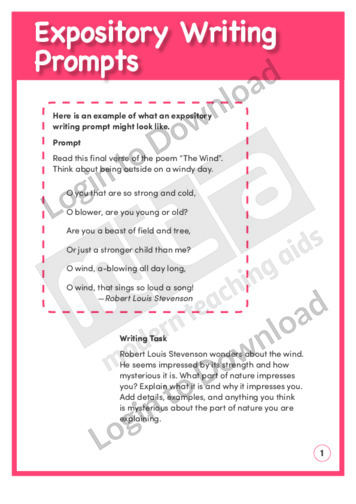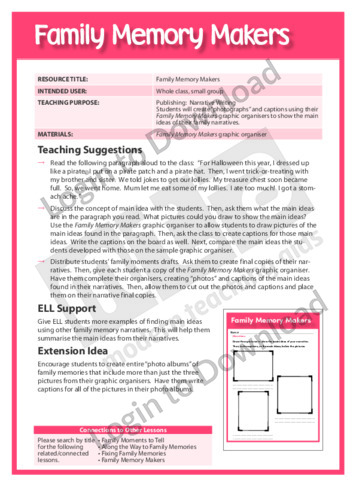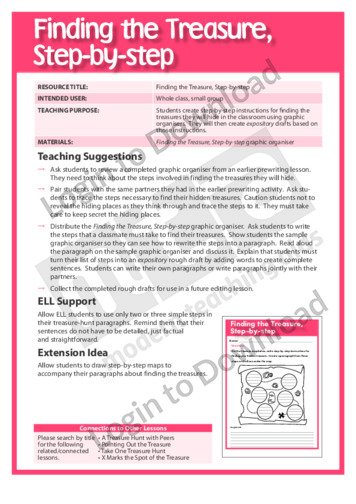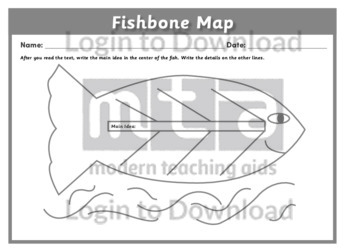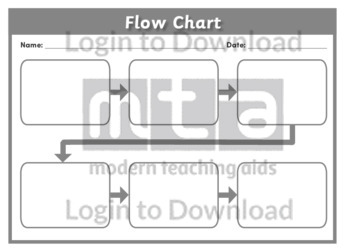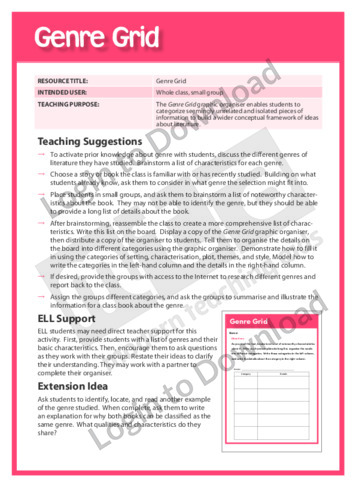This graphic organiser, ‘A Burst of Ideas’ supports students in planning writing using brainstorming prewriting strategies for descriptive writing pieces.
This graphic organiser, ‘A Burst of Ideas on Food’ supports students in planning writing using brainstorming prewriting strategies for descriptive writing about food.
This graphic organiser, ‘A Movie About Me’ supports students in planning autobiographical writing using prewriting strategies.
This graphic organiser, ‘A Movie About My Firsts’ supports students in planning writing using prewriting strategies, writing about their first time doing things.
This graphic organiser, ‘A Shower of Toys’ provides students with the opportunity to create a word bank of adjectives about toys that could be used in descriptive writing.
This graphic organiser, ‘A Shower of Words’ provides students with the opportunity to create a word bank of adjectives that could be used in descriptive writing.
This graphic organiser, ‘A Slice of the Pie’ supports students in planning writing using prewriting strategies to structure ideas for a friendly letter.
This graphic organiser, ‘A Treasure Hunt with Peers’ supports students in planning writing using brainstorming as a prewriting strategy.
This graphic organiser, ‘A Web of Animal Information’ supports students in planning writing by brainstorming animals that could be used in informational writing.
This graphic organiser, ‘A Web of Information’ supports students in planning writing through brainstorming topics for informational writing.
This graphic organiser, ‘A Web of Words’ helps students to build vocabulary as they learn the meaning of words and determine how each word relates to other words.
This graphic organiser, ‘A Web of Words for Science Vocabulary’ helps students build science vocabulary by analysing the meaning of words.
This graphic organiser, ‘Along the Way’ supports students in recalling and organising information in sequential order and gives them the opportunity to draft a narrative text.
This graphic organiser, ‘Along the Way to Family Memories’ supports students in recalling and organising information in sequential order and gives them the opportunity to draft a piece of writing based on family memories.
This graphic organiser, ‘Animals in Motion’ supports students in creating poems about animals by combining rhyming words and sentences.
This graphic organiser, ‘Book Report’ guides students through the process of writing a report on a fictional or non-fictional book. Book reports can be challenging as they require students to use higher-order thinking skills whilst critically evaluating the text. Using this resources will prompt students to correctly structure their report when organising and planning ideas …More
This graphic organiser, ‘Bounty of Businesses’ supports students in planning writing by brainstorming a list of companies that they could write to for information
This graphic organiser, ‘Bright Toy Ideas’ supports students in planning a piece of descriptive writing about their favourite toys.
This graphic organiser, ‘Building A Letter’ supports students in planning and structuring a friendly letter.
This graphic organiser, ‘Building a Pen Pal Letter’ supports students in planning and structuring a friendly letter to a pen pal.
This graphic organiser, ‘Cause and Effect’ combines brainstorming and mind mapping skills to build an understanding of the relationship between six different causes and their effect(s). It helps students to visualise all possible connections instead of simply focusing on the obvious and can be used to logically organise ideas during a post-reading, comprehension task.
This graphic organiser, ‘Cause and Effect’ combines brainstorming and mind mapping skills to build an understanding of the relationship between three different causes and their effect(s). It helps students to visualise all possible connections instead of simply focusing on the obvious and can be used to logically organise ideas during a post-reading, comprehension task.
This graphic organiser, ‘Cause and Effect’ combines brainstorming and mind mapping skills to build an understanding of the relationship between six different causes and their effect(s). It helps students to visualise all possible connections instead of simply focusing on the obvious and can be used to logically organise ideas during a post-reading, comprehension task.
This graphic organiser, ‘Cause and Effect Chain’ combines skills in brainstorming and mind mapping to visually represent the relationship between a chain of events and subsequent consequences. It can be used as a pre-writing task, to logically organise ideas, or a post-reading comprehension activity.
This graphic organiser, ‘Cause and Effect Sequence’ assists students to graphically organise the relationship between an event, its causes and resulting consequences. It can be used as a post-reading comprehension activity to prompt the use of higher-order, critical thinking skills.
This graphic organiser, ‘Chain of Events’ combines skills in brainstorming and mind mapping to visually represent the relationship between sequential events. It can be used as a pre-writing task, to logically organise ideas, or a post-reading comprehension activity.
This graphic organiser, ‘Circles of Life’ asks students to record the qualities and accomplishments of a famous person and predict what might have been if they had lived longer.
This graphic organiser, ‘ Circles of Life and Shakespeare’s Ghosthunter’ asks students to record the qualities and accomplishments of William Shakespeare and predict what plays he may have written if he had lived longer.
This graphic organiser, ‘Cluster Word Web’ provides a blank web that students can use to organise information and understand the relationship between ideas. Use this resource in any learning area as a great pre-writing activity to brainstorm ideas as a whole class, individually or in groups. It can also be used to visually classify information …More
This graphic organiser, ‘Compare and Contrast Characters’ provides a blank mind map to assist students in organising the similarities and differences between character traits. Having students evaluate and analyse characters and then organise these ideas visually, provides a scaffold for all students to engage with higher-order thinking skills. It can be used as a whole …More
This graphic organiser, ‘Compare and Contrast Square’ provides a blank, square diagram to assist students in organising the similarities and differences between ideas. Having students evaluate and analyse concepts and then organise these ideas visually, provides a scaffold for all students to engage with higher-order thinking skills. It can be used as a whole class …More
This graphic organiser, ‘Compare and Contrast Triangle’ provides a blank, triangular diagram to assist students in organising the similarities and differences between ideas. Having students evaluate and analyse concepts and then organise these ideas visually, provides a scaffold for all students to engage with higher-order thinking skills. It can be used as a whole class …More
This graphic organiser, ‘Complete Me’ asks students to identify the subject and predicates within sentences.
This graphic organiser, ‘Complete My Firsts’ supports students in matching subjects and predicates and then to review their draft writing, focusing on subjects and predicates to ensure complete sentences.
This graphic organiser, ‘Concept Map’ provides a blank web that students can use to organise information and understand the relationship between ideas. Use this resource in any learning area as an effective pre-writing task to brainstorm ideas as a whole class, individually, or in groups. It can also be used to visually classify information whilst …More
This content area reading learning activity, ‘Create a Poster,’ helps students compile information they have learned about the preface and appendix. It encourages students to make a poster listing creatively important facts that they should know about these parts of the book.
This graphic organiser, ‘Creating Questions for Peers’ supports students in planning writing, using prewriting strategies to create questions for interviewing peers.
This writing text exemplar ‘Creative Prompts’ gives students an example of how to approach such a prompt. It is aimed at encouraging students to plan their writing and ask themselves questions about the ‘who’, ‘what’, ‘when’, ‘ where’, ‘why’ and ‘how’ of the story, then determine which ideas would be best to include in their …More
This writing text exemplar ‘Creative Writing Prompt’ gives students an example of how to approach such a prompt. It is aimed at encouraging students to plan their writing and ask themselves questions about the ‘who’, ‘what’, ‘when’, ‘ where’, ‘why’ and ‘how’ of the story, then determine which ideas would be best to include in …More
This writing text exemplar ‘Creative Writing Prompts’ gives students an example of how to approach such a prompt. It is aimed at encouraging students to plan their writing and ask themselves questions about the story’s characters, setting, beginning, middle and end in order to write the best possible composition. It includes an example of a …More
This graphic organiser, ‘Cycle of Events’ is a great scaffold for students in understanding how a series of 3 events are linked continuously throughout a cycle. This process is important when examining concepts such as the water cycle or life cycles of animals where there is no beginning or end. Through using this diagram students …More
This graphic organiser, ‘Cycle of Events’ is a great scaffold for students in understanding how a series of 4 events are linked continuously throughout a cycle. This process is important when examining concepts such as the water cycle or life cycles of animals where there is no beginning or end. Through using this diagram students …More
This graphic organiser, ‘Cycle of Events’ is a great scaffold for students in understanding how a series of 5 events are linked continuously throughout a cycle. This process is important when examining concepts such as the water cycle or life cycles of animals where there is no beginning or end. Through using this diagram students …More
This graphic organiser, ‘Cycle of Events’ is a great scaffold for students in understanding how a series of 5 events are linked continuously throughout a cycle. This process is important when examining concepts such as the water cycle or life cycles of animals where there is no beginning or end. Through using this diagram students …More
This graphic organiser, ‘Descriptive Doodles’ supports students in planning descriptive writing using prewriting strategies.
This graphic organiser, ‘Descriptive Doodles for the Monster Match’ supports students in planning writing using prewriting strategies by drawing ideas for silly monsters .
This graphic organiser, ‘Doorway to Family Drawings’ supports students in creating and utilising family drawings to develop ideas for writing.
This writing text exemplar ‘Explanatory Prompts’ gives students an example of how to approach such a prompt. It is aimed at encouraging students to plan their writing and ask themselves questions to best explain their ideas to the reader using details and examples.
This writing text exemplar ‘Expository Prompts’ gives students an example of how to approach such a prompt. It is aimed at encouraging students to plan their writing and ask themselves questions to best explain their ideas to the reader using details and examples.
This writing text exemplar ‘Expository Writing Prompt’ gives students an example of how to approach such a prompt. It is aimed at encouraging students to plan their writing and ask themselves questions to best explain their ideas to the reader using details and examples.
This quick reference chart ‘Expository Writing Prompts’ shows students how to best approach such a prompt. It is aimed at encouraging students to plan their writing and ask themselves questions to best explain their ideas to the reader using details and examples.
This graphic organiser, ‘Fact Tree’ provides a blank diagram where the trunk represents the central concept and the branches can be used to brainstorm related information. This is a great pre-writing resource when organising and expanding upon ideas and can be used effectively in groups, as a whole class or for individual work. Exploring more …More
This graphic organiser, ‘Family Memory Makers’ supports students in identifying the main idea from their family picture books.
This graphic organiser, ‘Finding the Treasure Step-by-Step’ asks students to record the sequence of steps for finding a treasure.
This graphic organiser, ‘Fishbone Map’ combines brainstorming and mind mapping skills inside the skeleton of a fish to build an understanding of the relationship between the main idea and the supporting details. It creatively helps students to visualise all possible facets of a topic instead of simply focusing on the broad umbrella term. It can …More
This graphic organiser, ‘Flow Chart’ combines skills in brainstorming and mind mapping to visually represent the relationship between sequential events. It can be used as a pre-writing task, to logically organise ideas, or a post-reading comprehension activity.
This graphic organiser, ‘Genre Grid’ enables students to categorise seemingly unrelated and isolated pieces of information to build a wider conceptual framework of ideas about literature.
This graphic organiser, ‘Having a Ball’ provides students the opportunity to edit and publish their written work.
It�s that easy!

